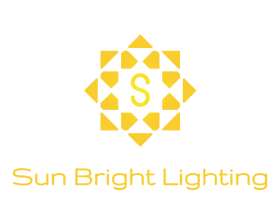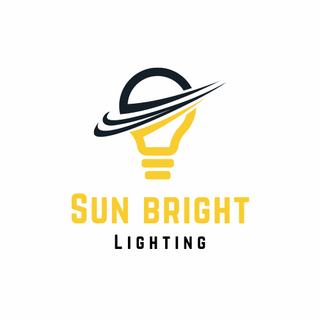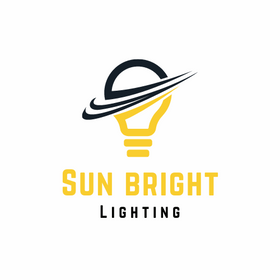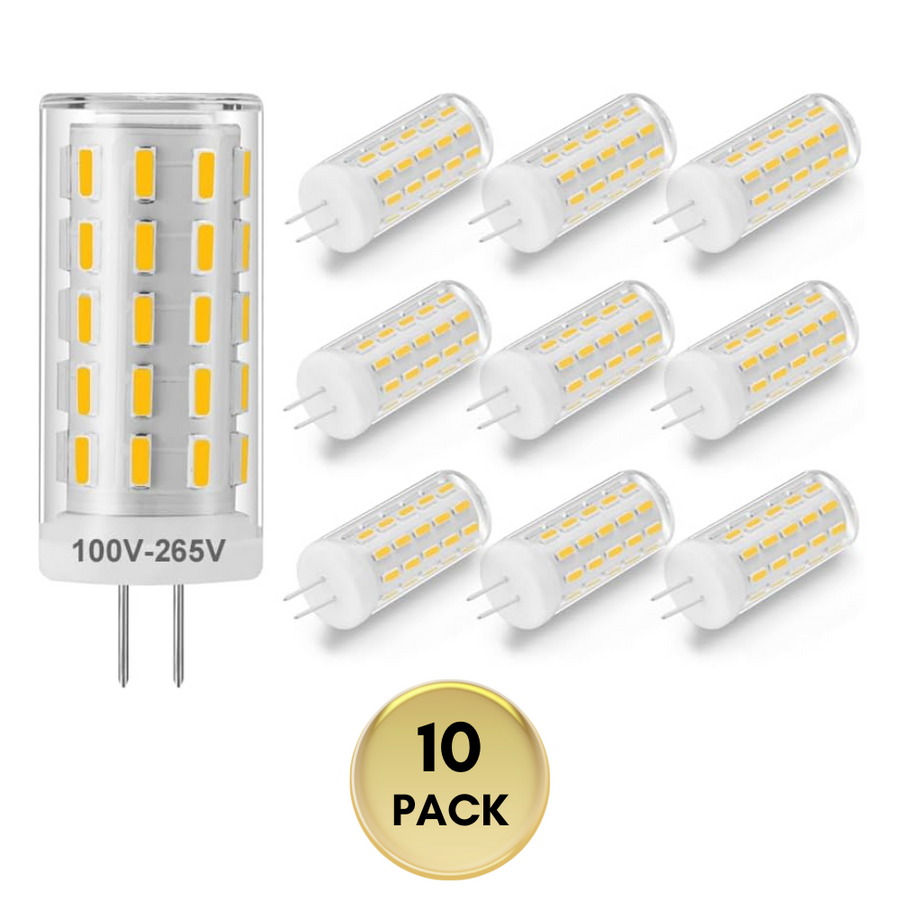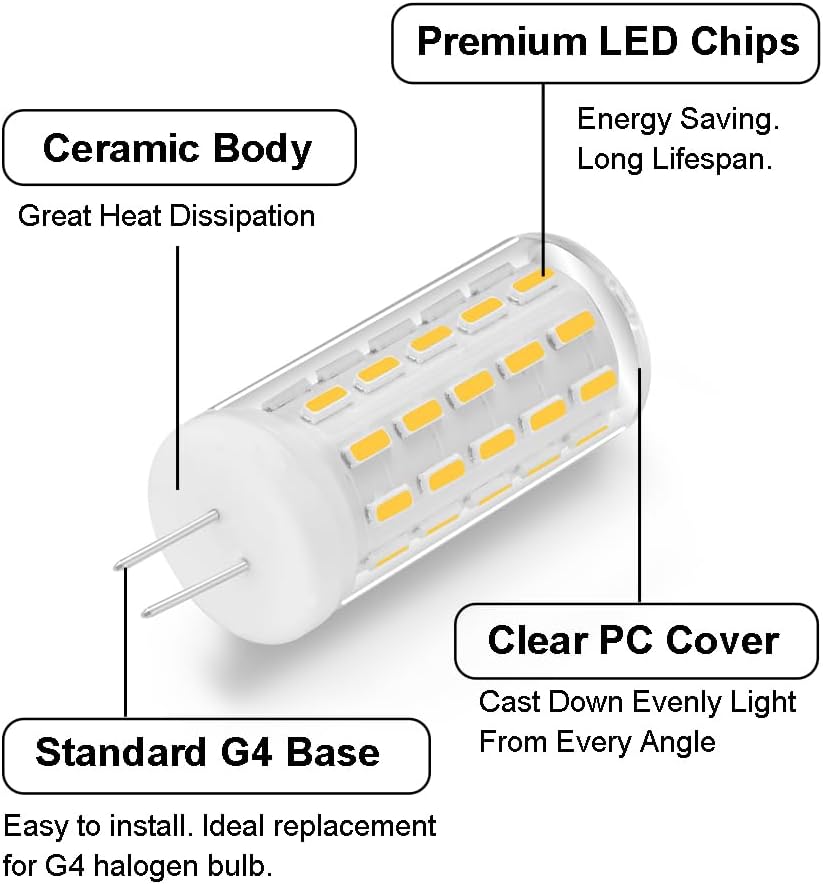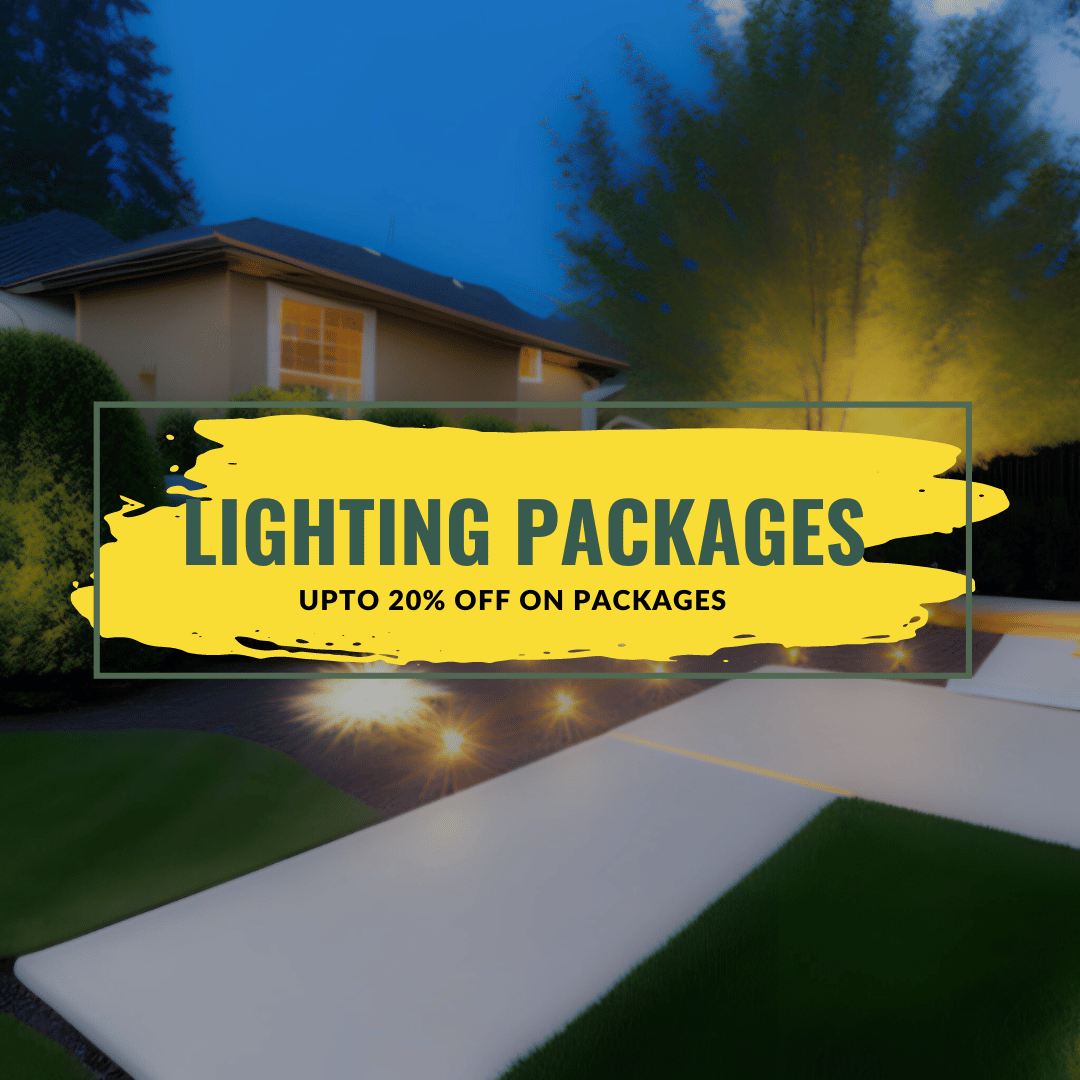Low-Voltage vs. Line-Voltage Outdoor Lighting: Finding the Balance
Outdoor lighting does more than brighten a space — it adds security, ambiance, and value to your property. At Sun Bright Lighting, we often hear the question: Should I use low-voltage or line-voltage lighting? The answer depends on your space, goals, and budget.
Low-Voltage (12V) Outdoor Lighting
Overview: Requires a transformer to step down from 120V to 12V, making it a safer and more energy-efficient system.
Advantages:
-
Safer around pools, walkways, and family spaces.
-
Energy-efficient with long-lasting LED options.
-
Flexible placement with fewer restrictions.
Drawbacks:
-
Needs a transformer.
-
Voltage drop can affect brightness on long wire runs.
Best For: Residential yards, gardens, poolside, patios.
Line-Voltage (120V) Outdoor Lighting
Overview: Runs directly from the electrical system at full household current.
Advantages:
-
Strong, consistent brightness across large areas.
-
Fewer limits on wire length.
-
Ideal for heavy-duty, commercial-grade applications.
Drawbacks:
-
Must be installed by a licensed electrician.
-
Higher energy use and operating costs.
-
Less flexible to expand later.
Best For: Commercial buildings, parking lots, security lighting, large driveways.
Cost & Safety Factors
-
Low-Voltage Systems: Lower cost to install and maintain, safer for DIY projects, and efficient over time.
-
Line-Voltage Systems: Higher upfront cost due to professional installation but the right choice for large or high-demand spaces.
🔌 At Sun Bright Lighting, we recommend low-voltage systems for most homeowners who want beautiful, safe, and efficient lighting, and line-voltage systems for bigger jobs that need extra power.
👉 Browse our Outdoor Lighting Solutions and find the perfect setup for your property.

